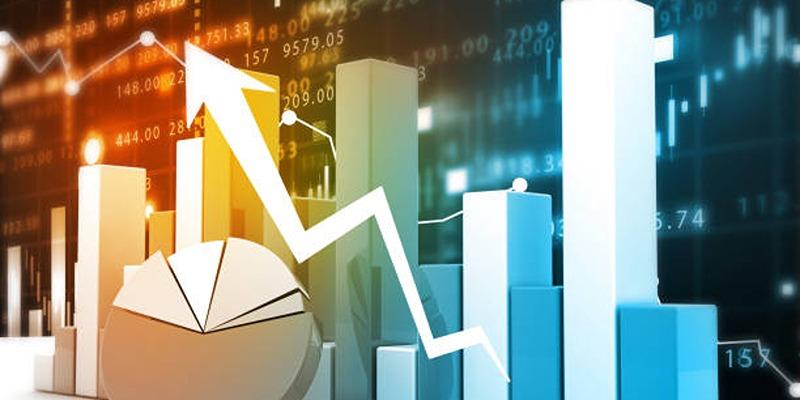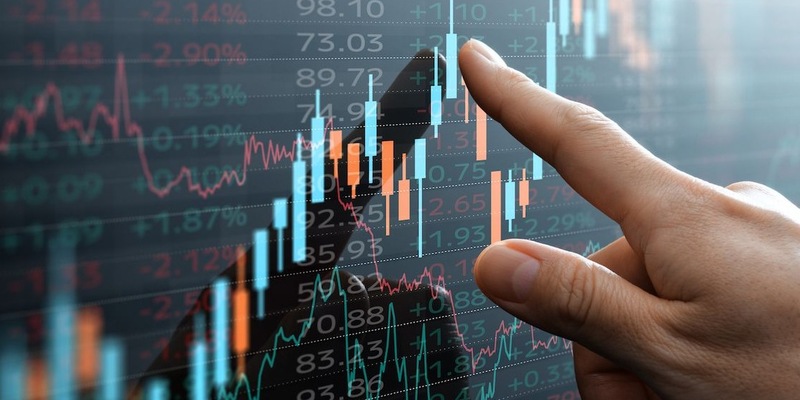The tech bubble, a significant event in the history of financial markets, refers to a rapid escalation in the valuation of technology companies, followed by an equally dramatic decline. Understanding the causes, processes, and historical cases of tech bubbles is crucial for investors, policymakers, and anyone interested in the technology sector. This phenomenon is characterized by speculative investments fueled by high expectations for technological advancements and a rush to capitalize on emerging markets. However, when these exuberant valuations are not substantiated by actual performance or earnings, the bubble bursts, leading to significant financial losses and broader economic implications. By examining past tech bubbles, such as the dot-com bubble of the late 1990s, we can glean valuable insights into the mechanisms driving bubbles and the lessons to be learned to mitigate future financial risks.
Understanding a Tech Bubble:
A tech bubble occurs when the stock prices of technology companies surge due to speculative enthusiasm rather than their real business value. Similar to other bubbles, it features a sharp rise in valuations that are unsustainable, culminating in a dramatic market correction when the bubble "bursts."
Tech bubbles often arise with innovative breakthroughs like the internet, artificial intelligence, or cloud computing, which generate excitement about their potential. This enthusiasm leads investors to flood tech companies with capital, regardless of profitability or long-term viability. When valuations greatly exceed the companies' actual worth, the bubble eventually bursts, resulting in significant losses.
Causes of a Tech Bubble:

Several factors contribute to the formation of a tech bubble, each playing a significant role in creating an environment ripe for overvaluation:
Speculation and Irrational Exuberance:
Investors often become overconfident about the future of emerging technologies, expecting unprecedented profits. This speculative mindset creates a self-reinforcing cycle where rising stock prices attract more investors, pushing prices even higher. Over time, the optimism disconnects from reality, as expectations surpass the actual growth prospects of the companies involved. Investors may overlook fundamentals, believing that sky-high valuations are justified by future potential.
Easy Access to Capital:
In times of low interest rates or favorable market conditions, capital becomes more accessible to both investors and companies. This ease of access can encourage excessive risk-taking, as investors are willing to invest heavily in high-risk ventures for quick returns. Startups and tech companies often find it easier to secure funding, which can lead to rapid expansion and increased competition, further driving up valuations as each new entrant seeks a piece of the lucrative market.
Innovation Hype:
Revolutionary technologies that promise to disrupt traditional industries can drive speculative bubbles. Be it the internet boom of the late 1990s or today's artificial intelligence, the perceived future potential often overshadows current practical limitations, inflating valuations. Investors may ignore the challenges and time required to achieve true market disruption, focusing instead on hypothetical scenarios that promise substantial returns.
Herd Mentality:
Investors frequently follow market trends rather than conducting their own analyses. When a large group starts investing in tech stocks, others tend to follow suit, even without fully understanding the involved companies or technologies. This behavior exacerbates the bubble as people buy into the hype rather than making informed decisions, leading to a concentration of investments in a few popular sectors or companies.
Media and Analyst Influence:
The media and financial analysts often amplify the hype around new technologies, offering optimistic projections that attract more investors. Positive coverage and high-profile success stories can make even struggling companies seem like sure bets. The narratives created by media outlets and market analysts can significantly impact investor behavior, creating an echo chamber that reinforces the idea of guaranteed success.
The Lifecycle of a Tech Bubble:
A tech bubble typically unfolds through these stages, reflecting the gradual shift from optimism to reality:
Innovation and Early Adoption:
A new technology emerges, capturing the interest of early adopters and tech enthusiasts. At this point, the technology holds promise but isn't widely understood or commercially viable. The initial phase often involves significant research and development, with companies experimenting to find practical applications and establish market relevance.
Investor Interest:
As more people recognize the technologys potential, investors start pouring money into startups and established companies in the field. Stock prices rise as demand for shares increases. Companies in the sector might experience rapid growth, leading to initial public offerings (IPOs) and further capital influx, fueling even more interest.
Exponential Growth:
As stock prices continue to climb, speculative investments grow. Media and analysts further fuel the excitement, leading to skyrocketing valuations, often far beyond actual earnings potential. During this phase, companies might expand aggressively, acquiring other firms and investing heavily in marketing to establish dominance and justify high valuations.
Market Saturation:
Eventually, the market becomes saturated with investors, and initial excitement diminishes. Some companies fail to meet expectations or demonstrate profitability, raising concerns about inflated valuations. Investors begin to question the sustainability of growth, especially as competition intensifies and technological advancements slow down.
Market Correction:
A trigger event, such as poor earnings reports, regulatory changes, or macroeconomic shifts, erodes investor confidence. Stock prices drop, sometimes sharply, as investors rush to sell, causing the bubble to burst and leading to a market correction or crash. This phase often results in significant financial losses, with the most speculative ventures suffering the greatest impact, while more stable companies may endure the downturn and gradually recover.
Historical Cases of Tech Bubbles:

1. The Dot-Com Bubble (19952000)
The Dot-Com Bubble of the late 1990s stands as one of the most notorious tech bubbles. Fueled by the rapid growth of the internet and the promising potential of e-commerce, investors fervently bought shares in internet-based companies. Initially, genuine innovations like Amazon and eBay emerged, but a frenzy soon followed where companies without clear revenue streams or business models attracted substantial investments. Dot-coms like Pets.com saw their stock prices skyrocket purely on potential.
The bubble burst in 2000 due to a combination of disappointing earnings, inflated valuations, and rising interest rates. The NASDAQ Composite hit over 5,000 in March 2000 before plunging nearly 80% over two years, leading to the collapse of numerous dot-coms and wiping out billions in investor wealth.
2. The Telecom Bubble (19962002)
The Telecom Bubble of the late 1990s followed a similar path, driven by the rapid expansion of telecommunications infrastructure. As internet usage surged, so did the demand for high-speed data transmission, spurring massive investments in fiber-optic networks and telecom companies. Valuations for companies like WorldCom and Global Crossing soared as they raced to build the digital backbone of the internet.
By the early 2000s, it became clear that demand was overestimated, leaving many companies with crippling debt and inadequate revenue. The bubble's collapse led to WorldCom's bankruptcy and significant consolidation in the telecom sector, resulting in substantial investor losses and a slow industry recovery.
3. The CleanTech Bubble (20062011)
The CleanTech Bubble revolved around alternative energy and environmental technology firms. As climate change concerns escalated in the mid-2000s, investors flocked to renewable energy startups and green tech firms, anticipating a boom in clean energy solutions. At its peak, venture capital investments in CleanTech reached unprecedented heights, with solar, biofuels, and electric vehicle companies capturing significant attention.
Many struggled to commercialize, faced fierce competition from traditional energy sectors, or were hindered by regulatory changes. The bubble burst around 2011 as investor interest waned and prominent CleanTech firms faltered, with Solyndraa solar panel manufacturerbecoming an infamous casualty after receiving over $500 million in government funding.
Conclusion:
Tech bubbles offer intriguing yet cautionary tales of investor fervor, technological advancement, and market dynamics. These periods are characterized by a surge in investment and speculative behavior, often driven by the anticipation of new, transformative technologies. Although tech bubbles often culminate in painful market corrections, the innovations they spark can lead to lasting economic transformations and shifts in industry landscapes. By understanding the causes, such as excessive speculation and market hype, and the mechanics of tech bubbles, investors can make more informed decisions.




